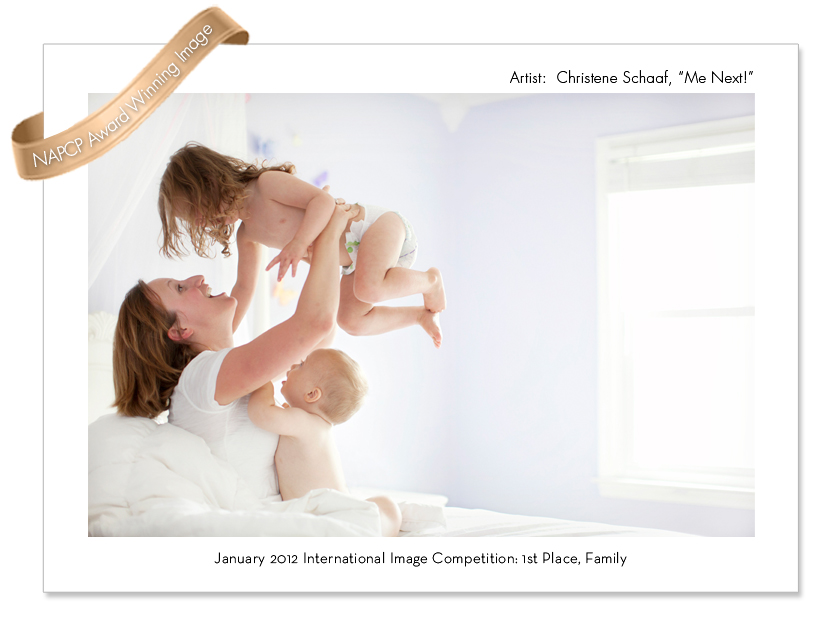
26 Apr Inside an Image Competition: A Judge's Perspective
Let me start by saying that it was truly an honour to be on a panel of judges that included the incredible Jennifer Hudson and the fabulous Karen Carey. Judging was a lot of work, but, at least for me, it was a wonderful learning experience and I hope that all of the participants feel the same way.
I know, from my own experience, that now that you have your marks and your comments, some of you probably have some questions. It is understandable so I am hoping to clarify a few things, as well as, point out some things that we noticed were happening repeatedly.
Let me start off by saying that the industry standard is a mark of 5-6. So, if you are looking at your grade as a percentage, that is a misrepresentation. You should be looking at in relation to the average. So, if you consistently scored below average, you may want to take a step back and evaluate where you could improve. To do this, you might start by having a portfolio review done by a photographer you admire and trust with the goal of learning the areas you truly have to improve technically and artistically. It is hard to judge from the results of an image competition where you entered two or three images exactly where you stand within the industry. Some mentoring from a more senior photographer could benefit you greatly.
For those of you who consistently scored within the industry standard, there are a number of things you can do to elevate your images. First, you want to become a ‘thinking’ photographer. And, by that I mean, you want to utilize all the tools in your kit to create images with greater impact. Starting with the basics like shutter speed, aperture, and the rules of composition. For example, the vast majority of the images were centred. Now, don’t’ get me wrong, there is always a time for centring, but the images that were cropped to the rule of thirds stood out after seeing hundreds of centred images. Many times you had found incredible locations that were under utilized. Look for things like leading lines, repetition, symmetry, framing when you are setting up an image. The better your understanding of these creative elements, the higher your score would have been.
Secondly, I think many of us underestimate the importance of connection. Often connection creates impact–so taking the time to truly connect with your clients and having them truly connect with each other creates an image that your audience will remember and think about.
Finally, I would like to say that anyone can take a perfectly fine image…but so what? So what if you can take a perfectly exposed, nicely posed image if it doesn’t leave an impression? In this market, and especially in competition, you need to do something to stand out. This is often referred to as ‘personal style’ and it requires some soul searching and a deeper understanding of what it is that you are actually trying to capture through your lens. What do you want your work to say? How is it a reflection of how you see the world? This is what truly creates impact and in a competition where impact is so important(and highly rated), you want to choose images that won’t get lost in the sea of entries. You need to create images that stand out. How you do that is the exciting part of photography. No one can tell you how to do that. That is entirely up to you.
I want to thank the NAPCP for everything over the past year. It was an honour to be their Photographer of the Year. When I entered the competition, I never would have imagined that would be the end result. Congratulations to all the winners and to everyone who entered. I know that putting yourself out there to be judged takes a large amount of courage and a desire to improve. That is something to be celebrated.








2 Comments